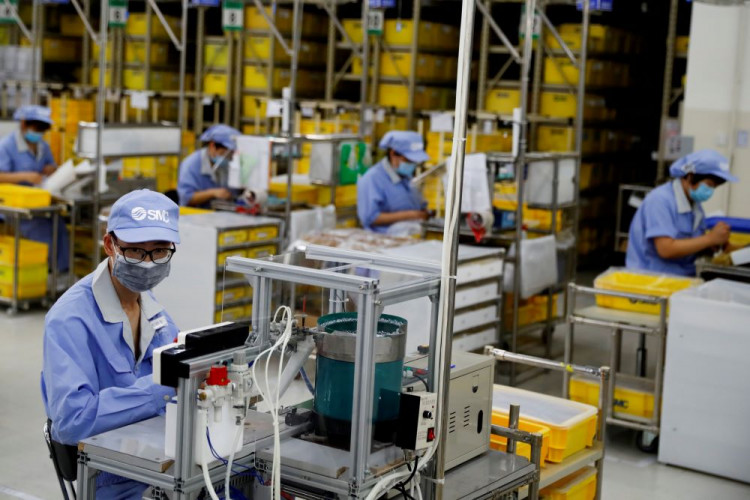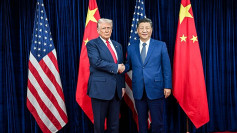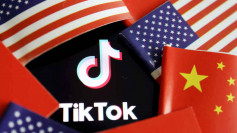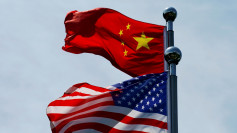China's manufacturing activity fell sharply in May, as rising U.S. tariffs and deteriorating global demand dealt a significant blow to export orders and factory output. The Caixin/S&P Global manufacturing purchasing managers' index dropped to 48.3, the lowest reading since September 2022 and well below the 50-point threshold separating expansion from contraction.
The latest reading, released Tuesday, reflects the steepest decline in Chinese manufacturing sentiment in nearly two years and underscores the growing economic strain from sustained trade tensions with the United States. "Uncertainty in the external trade environment has increased, adding to domestic economic headwinds," said Wang Zhe, senior economist at Caixin Insight Group. "Major macroeconomic indicators showed a marked weakening at the start of the second quarter."
New export orders declined for the second consecutive month, hitting their lowest level since July 2023, according to Caixin. Domestic demand also weakened, dragging overall new orders into contraction for the first time in eight months. Meanwhile, the employment subindex fell at the fastest pace since January, reflecting broad-based labor market softness.
The contraction comes as negotiations between Washington and Beijing appear to have stalled. "They're just slow-rolling the deal," Commerce Secretary Howard Lutnick said on Fox News. "And I think Donald Trump is on it."
Trump recently paused a planned 145% tariff hike on Chinese imports for 90 days following bilateral talks in Switzerland, but tariffs remain elevated at 51.1% on U.S. imports from China, according to the Peterson Institute for International Economics. China's average duties on U.S. goods are 32.6%.
China's industrial output growth slowed to 6.1% in April from 7.7% in March. Retail sales rose just 5.1% year-over-year in April, missing expectations, while producer prices posted their steepest drop in six months, signaling persistent deflationary pressure. Consumer prices fell for a third straight month.
Inventory accumulation at Chinese factories surged in May as finished goods piled up amid declining orders and shipping delays. The downturn in property-related investment, long a pillar of China's economy, deepened, falling 10.3% from a year earlier in the January to April period.
The People's Bank of China responded by cutting key policy rates by 10 basis points in May and reducing the reserve requirement ratio by 50 basis points to inject liquidity. Premier Li Qiang has suggested that more "unconventional measures" may be deployed.
The official government PMI, which covers a broader base of firms, also showed contraction at 49.5 in May, though slightly improved from April's 49.0. Economists at Goldman Sachs said the divergence from the Caixin reading may stem from different survey periods and the smaller sample of export-heavy firms in the Caixin index.
The country's service sector also showed signs of losing steam. The official non-manufacturing PMI edged down to 50.3 in May, maintaining expansion territory, but continuing a slow drift downward since the start of the year.





